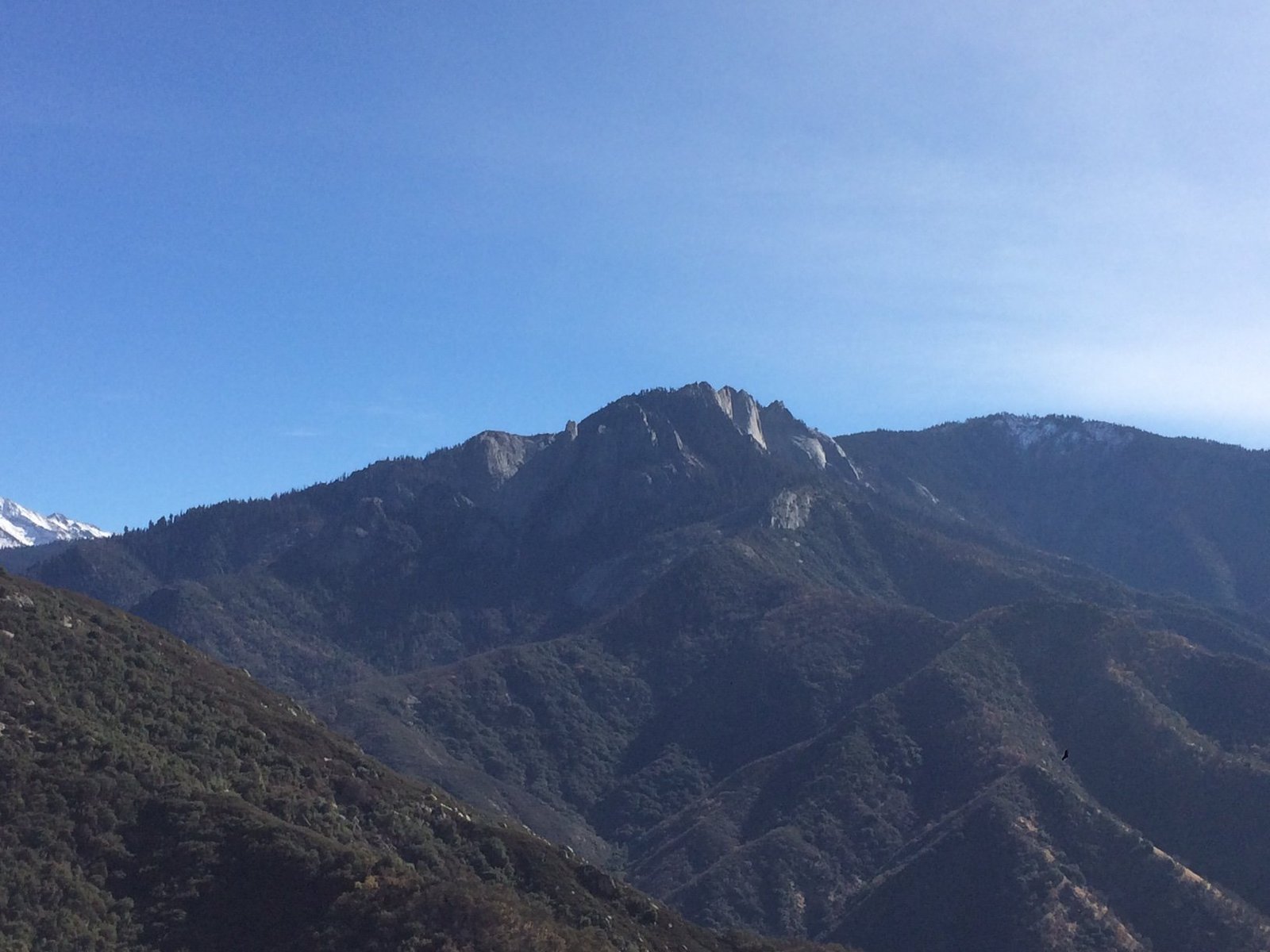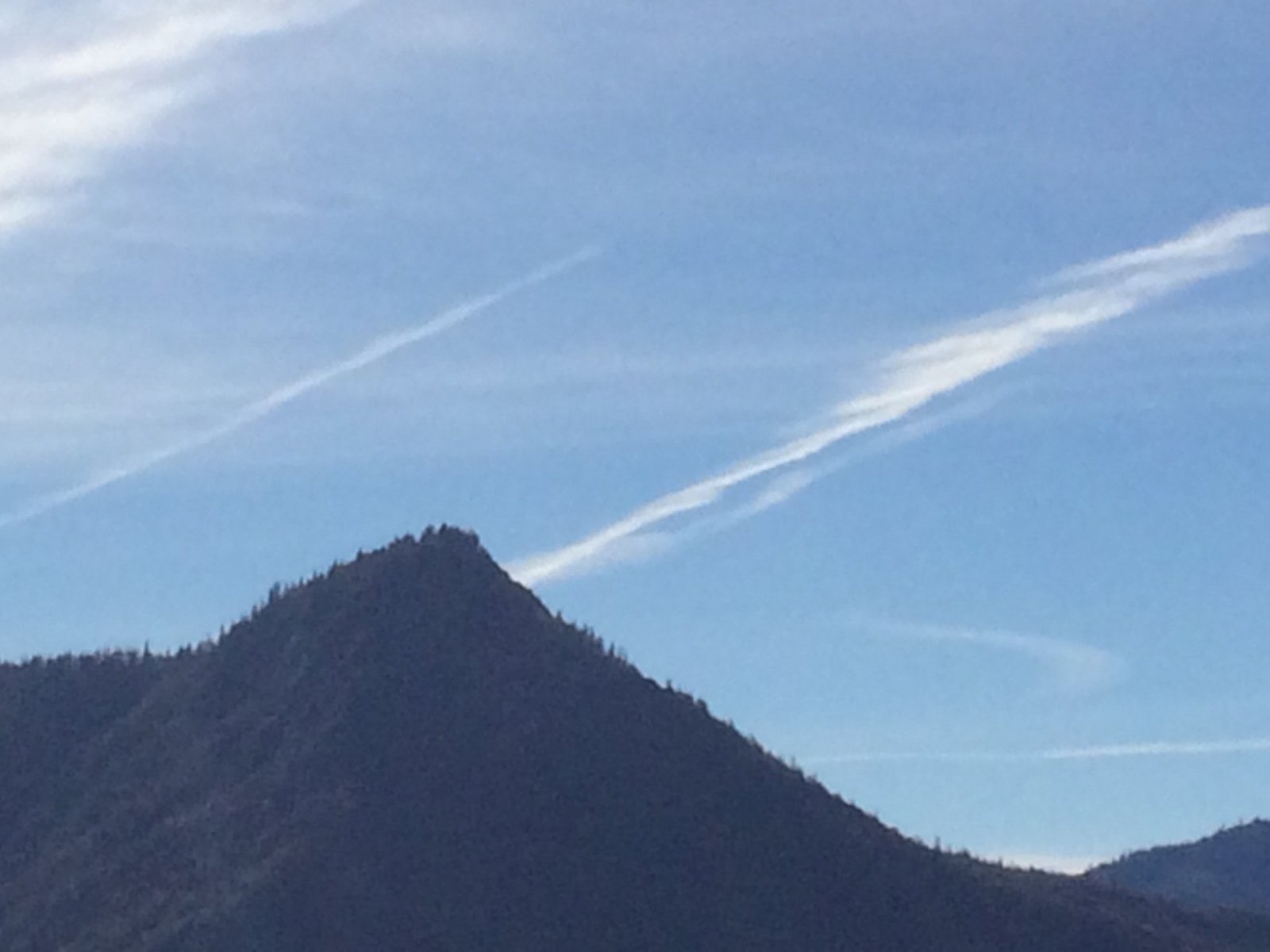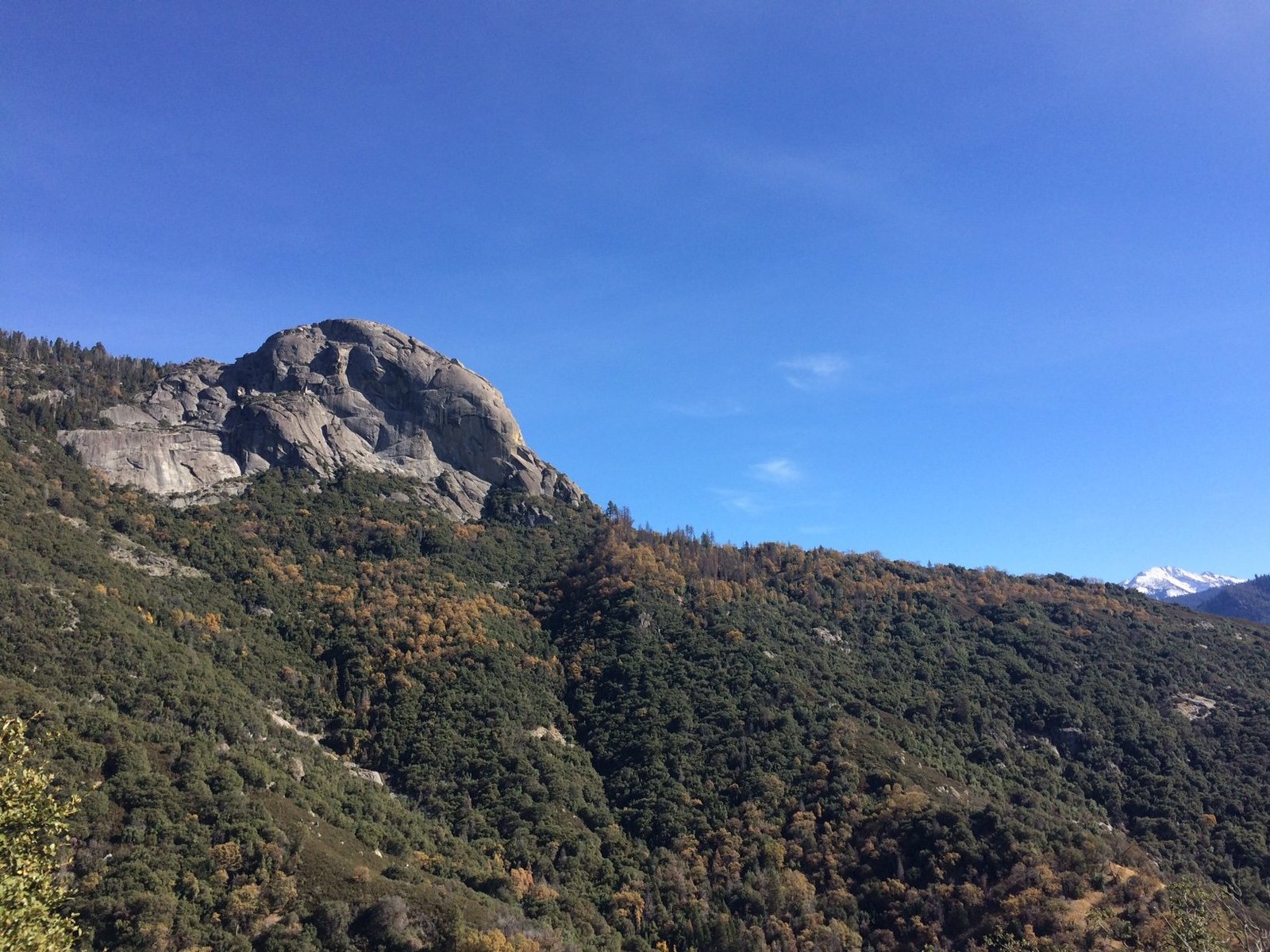Sequoia National Park, established on September 25, 1890, is one of America’s oldest national parks. It was created to protect the giant sequoia trees, some of the oldest and largest living organisms on Earth. The park’s age is not just about its establishment date, but also about the ancient trees it preserves, with some specimens estimated to be over 2,500 years old. This article explores the park’s rich history, its ancient inhabitants, and the significance of its age in American conservation efforts.
Sequoia National Park is 133 years old as of 2023. Established on September 25, 1890, it holds a significant place in American conservation history. However, the park’s true age extends far beyond its official establishment, encompassing the ancient trees it protects and the geological formations that have existed for millions of years.
When Was Sequoia National Park Established?

Sequoia National Park was established on September 25, 1890, through legislation signed by President Benjamin Harrison. This makes it the second-oldest national park in the United States, after Yellowstone. The park was created with a specific purpose: to protect the giant sequoia trees (Sequoiadendron giganteum), marking the first time a national park was established to preserve a living organism.
How Old Are the Oldest Trees in Sequoia National Park?

The oldest trees in Sequoia National Park are the giant sequoias, with some specimens estimated to be over 2,500 years old. Here are some of the most notable ancient trees:
- General Sherman Tree: Located in the Giant Forest, estimated to be 2,000-2,500 years old.
- General Grant Tree: Found in the General Grant Grove, estimated to be 1,500-2,000 years old.
- President Tree: Another ancient giant, believed to be around 3,200 years old.
These trees were already ancient when the park was established, having lived through numerous historical events and climate changes.
What is the Average Age of Sequoia Trees in the Park?
While the oldest trees in Sequoia National Park are truly ancient, the average age of giant sequoia trees in the park is typically between 1,000 to 1,500 years. This still makes them incredibly old by human standards, but it’s important to note that trees like the General Sherman and General Grant are exceptional even among their long-lived species.
Here’s a comparison of tree ages in Sequoia National Park:
| Tree Category | Age Range |
|---|---|
| Oldest Known Trees | 2,000-3,200 years |
| Average Giant Sequoias | 1,000-1,500 years |
| Mature Giant Sequoias | 500-1,000 years |
| Young Giant Sequoias | Less than 500 years |
What Are the Key Historical Milestones of Sequoia National Park?
The history of Sequoia National Park is rich with significant events and developments. Here’s a timeline of key milestones:
- September 25, 1890: Establishment of Sequoia National Park
- October 1, 1890: Establishment of General Grant National Park (later incorporated into Kings Canyon National Park)
- 1891-1913: U.S. Army Cavalry troops protect the park
- 1903: Captain Charles Young oversees the construction of a road to the Giant Forest
- 1914: Walter Fry becomes the first civilian administrator of the park
- 1916: National Park Service is established and begins administering the park
- 1917: Construction of first steps to Moro Rock summit begins
- 1926: Completion of the Generals Highway, improving access to the Giant Forest
- 1932: High Sierra Trail is completed, connecting Giant Forest to Mt. Whitney
- 1930s: Civilian Conservation Corps (CCC) works on park improvements
- March 4, 1940: General Grant National Park is abolished and incorporated into the new Kings Canyon National Park
- 1943: Joint administration of Sequoia and Kings Canyon National Parks begins
- October 26, 1976: The parks are designated as an International Biosphere Reserve by UNESCO
How Has the Park’s Age Contributed to Its Ecological Significance?
The age of Sequoia National Park has played a crucial role in its ecological significance:
- Preservation of Ancient Ecosystems: Over 133 years of protection has allowed the park to maintain ecosystems that have existed for millennia.
- Scientific Research: The park’s long-standing protection has provided scientists with an invaluable natural laboratory to study climate change, forest ecology, and species adaptation over time.
- Genetic Diversity: The preservation of ancient trees has helped maintain the genetic diversity of giant sequoias and other species.
- Habitat Conservation: Decades of protection have allowed for the conservation of habitats for numerous plant and animal species, some of which are rare or endangered.
What Challenges Has the Park Faced Due to Its Age?
Despite its long history of protection, Sequoia National Park has faced several challenges related to its age:
- Climate Change: The park’s ancient trees are increasingly threatened by climate-induced wildfires and drought.
- Visitor Impact: Over a century of tourism has led to issues with trail erosion and habitat disturbance in some areas.
- Invasive Species: Long-term changes in the ecosystem have allowed for the introduction and spread of non-native species.
- Infrastructure Aging: Many of the park’s facilities and roads, some dating back to the early 20th century, require ongoing maintenance and upgrades.
In conclusion, the age of Sequoia National Park is multifaceted. While it was established 133 years ago, its true age is reflected in the ancient trees it protects, some of which have stood for over 3,000 years. This long history of both the park and its inhabitants has contributed significantly to its ecological importance and the challenges it faces today. As we look to the future, the age of Sequoia National Park serves as a testament to the enduring value of conservation efforts and the importance of protecting our natural heritage for generations to come.
References:
1. Fox News – On this day in history, September 25, 1890, Congress establishes Sequoia National Park in California
2. National Park Service – History & Culture – Sequoia & Kings Canyon National Parks
3. National Park Service – Quick Fact Sheet – Sequoia & Kings Canyon National Parks

